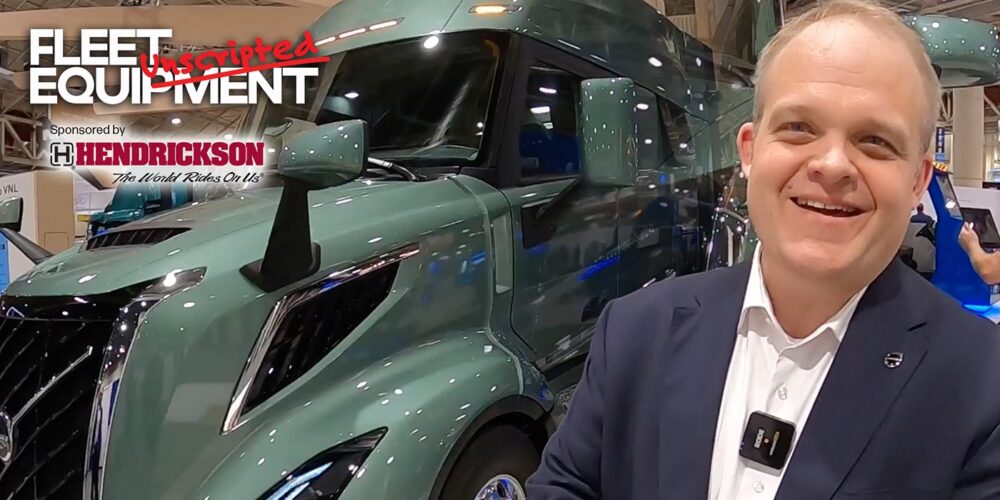As of late, I fear my diesel engine truck will have little relevancy bore’d. Zero-emissions, batteries, it’s the sound of these that daily make their way to knock at my fleet’s door. But wait, is such a topic worth this hatred born of fear from my own core, or might it be this sustainability tempest tossed me here ashore in this horror-haunted home till I, myself, give in and adore?
I know not.
But should you stay and hear more, us two, together, can explore what electrification might offer, as I recite: The Tale of the Zero-Emissions Zeitgeist.
Click here to watch more of FE’s On the Road video series.
Here is a transcript of the video:
We’re at a point now where we can recognize that battery electric vehicles have huge potential benefits, like lower fuel costs and reduced maintenance costs. But for many fleet managers, there are still barriers – too many barriers – to entry, and these barriers must be overcome before the industry sees an adoption rate where the benefits of these EVs can be fully recognized.
These barriers are things like having a more limited range, a higher upfront cost, a limited charging infrastructure, unknown component reliability, and battery issues concerning weight and life.
Arguably the most critical of these is having limited charging infrastructure and range. Both of these limitations will be improved within the next 10 years, for sure, but until then, and perhaps even beyond, these vehicles aren’t going to work for everybody.
Let’s look at infrastructure first: The lack of charging infrastructure can be resolved by state governments, utilities, equipment providers, and customers all working together. Most fleets either are planning or will plan to install their own charging infrastructure instead of relying on third-party sites, and this means that the responsibility of implementation rests with the transportation company.
While the cost is undoubtedly high, state and federal incentives and rebates are available and are critical to this process. The timeline for planning and installing a charging infrastructure is typically two years or more, so fleets should begin discussing their charging equipment needs and layout now if this is something they’re interested in.
Moving onto range now, today’s light- and medium-duty truck range tends to land somewhere between 100 and 250 miles, with a higher range typically accompanying higher Gross Vehicle Weight Rating.
We can expect the range of BEVs will gradually improve as battery power density improves – and this is happening all the time. In the meantime, range anxiety can be mitigated by fleets using telematics and other technology such as real-time range prediction and advanced route planning.













